Spring in Minneapolis and St. Paul has finally arrived, and for many homeowners that means exterior home improvements such as new windows. Replacing your windows can be done for different reasons; whatever your main reason is, you most likely want to replace and upgrade your windows to save money on your heating and cooling costs throughout your home.
Last year, those homeowners that installed energy-efficient windows in their home were able to get a federal tax credit that covers up to 10 percent of their installation costs. This covered both the cost of the windows and the labor. There are other tax breaks that can be gotten, but those for windows are all but depleted. A lot of tax credits that you were once able to get disappeared at the end of 2013. If you haven't filed your tax return yet, though, be sure to check with your tax professional to see what might still be available for you.
However, not all of the savings went out the window even if you don't qualify for a tax credit!
You can still get great financial incentives when you choose to install new windows. How is this true without that great tax break? Well, you can cut the costs of heating and cooling your home and then some on top of this. If you had cracked, old windows you're letting 25% of your energy out of the window each and every year.
There are different values that come with windows that you should understand before you head out to purchase them. These all factor in how much energy can be saved when it comes to working with the right company.
- U-Value – This is the speed at which the solar energy travels through the windows. The lower the value, the slower the transfer, is which is a better energy-efficient rate.
- SHGC – This is what measures the solar radiation that is sent through a window pane over time. The higher this number, the more radiation that is going to be released into the home and can be heated with it. (Higher SHGC's spell trouble for air conditioning costs.) The lower the number, the more shade it provides.
- R-Factor – This is the resistance to heat flow that you get from the window. It all depends on the amount and type of glaze that was used to make the window with. When this value is higher, the more energy efficient it is going to be.
- VL – The higher the VL, the more sunlight that is going to get into your home and the lower, the less sunlight. This might be good to think about when it comes to how much sun you'd like to have come in.
Subscribe to Quarve Contracting's Blog


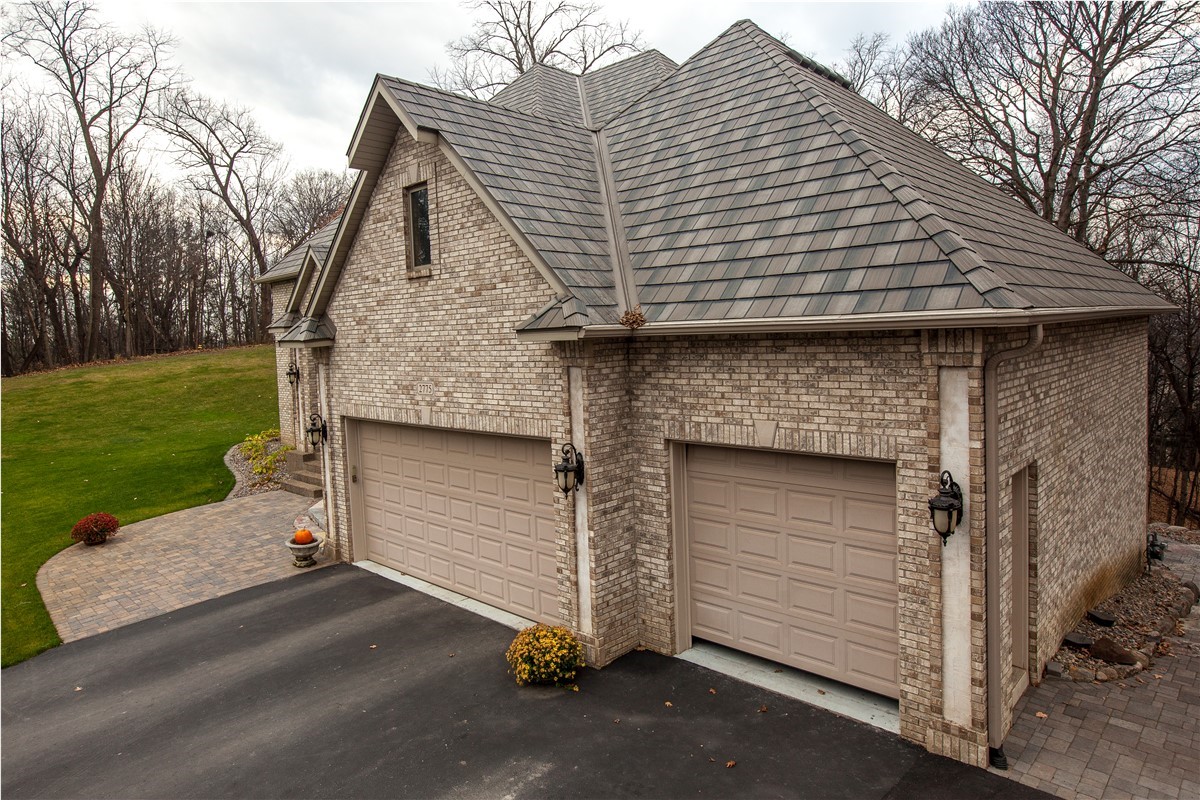
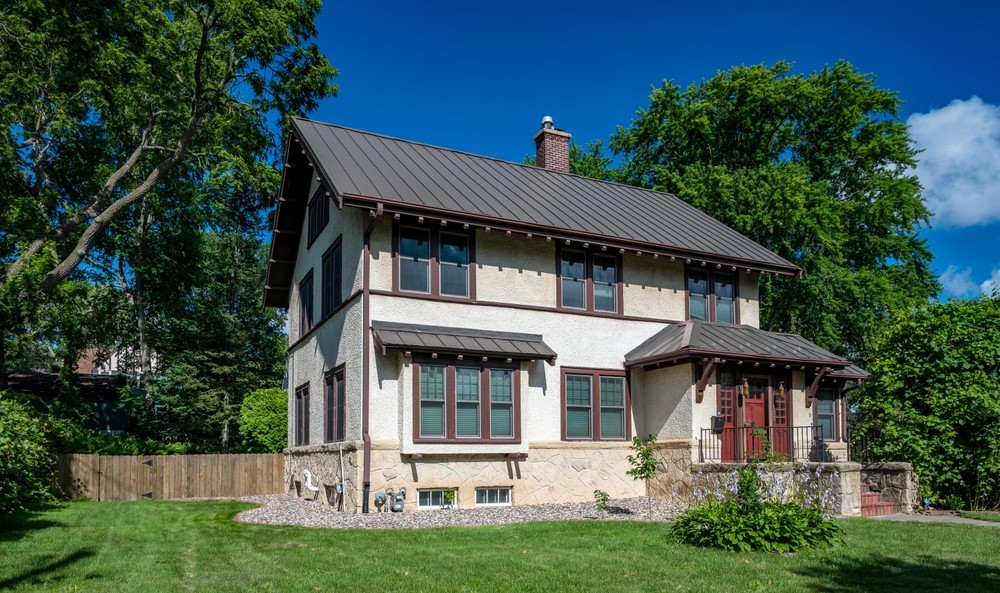
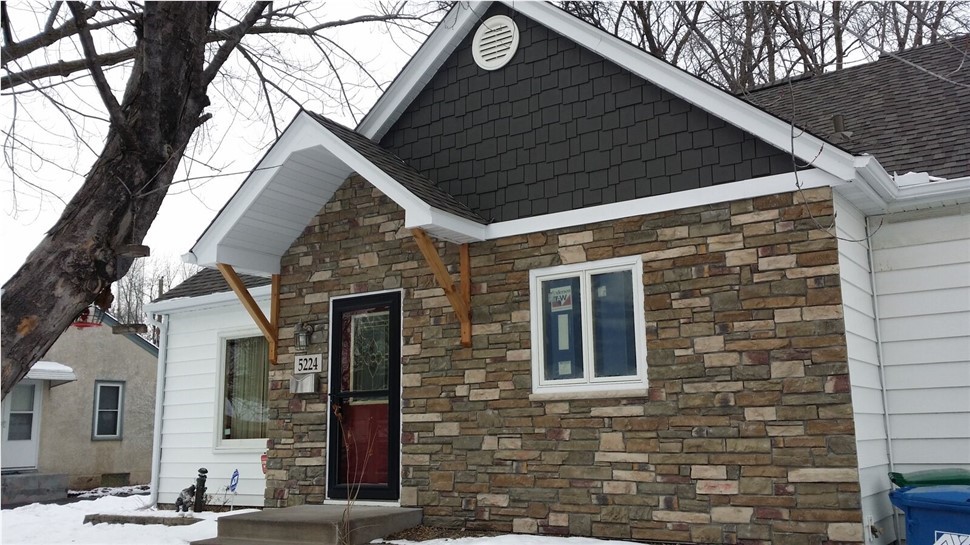
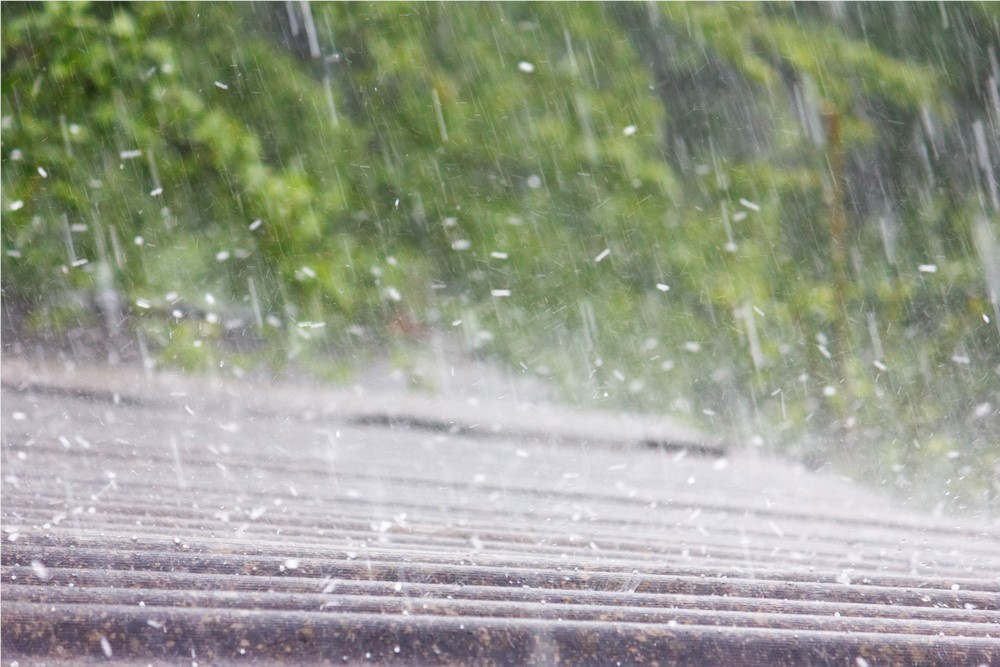
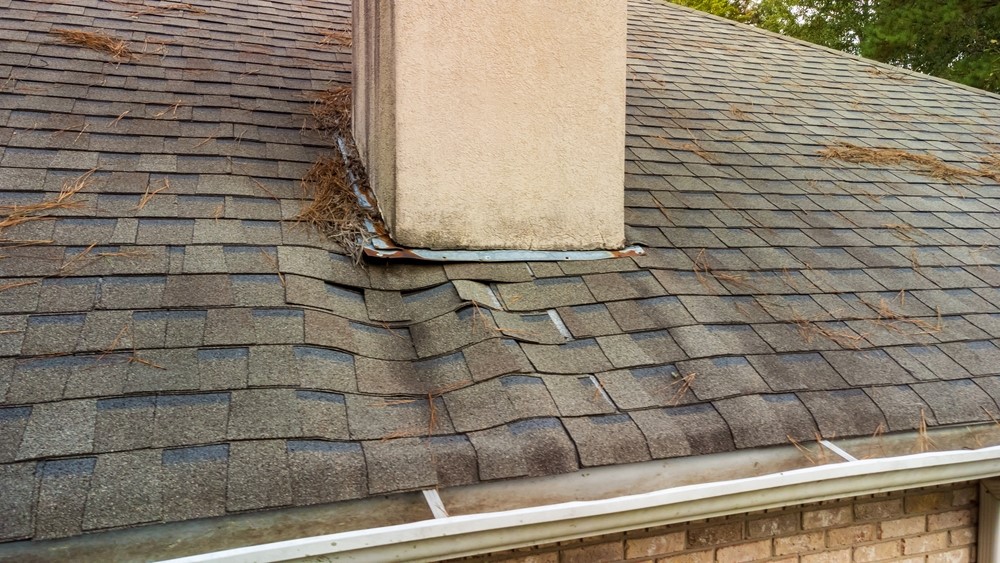
Comments